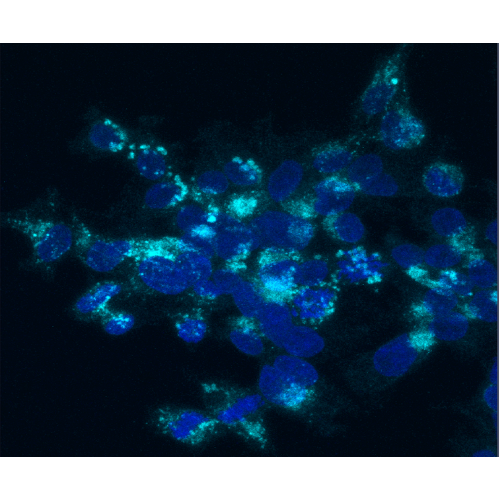Cell-surface glycans, through their interactions with glycan-binding proteins (GBPs), control numerous important biological processes, which have been extensively studied. Cell surface glycans are also known to be internationalized via endocytosis and trafficked into the endolysosomal system. Upon endolysosomal damaging, galectins, a family of GBPs, have been documented to bind to damaged organelles, by which galectins can elicit repair processes. Aberrant endolysosomal system has been demonstrated in mouse model and patients of Alzheimer’s disease. One recent glycoproteomic analysis revealed the significant increase in glycosylation in lysosomal proteins. We are investigating whether alterations in endolysosomal activity and lysosomal protein glycosylation may recruit and activate galectins upon lysosomal damaging, thereby promoting tauopathy.
Role of intracellular glycans and glycan-binding proteins in neurodegenerative diseases
IMAGE - 01 / 00

